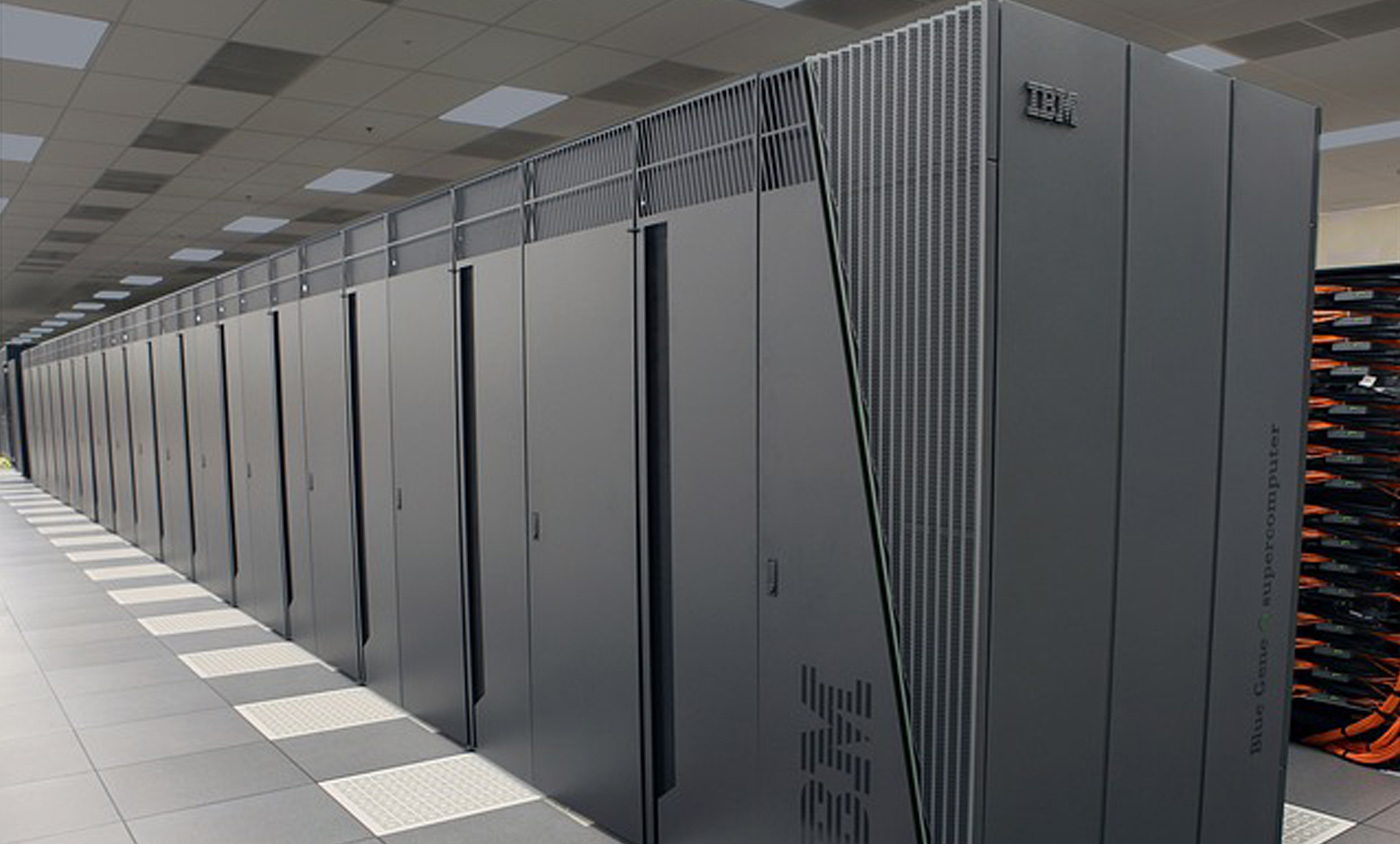From January 14, 2020, support for Windows Server 2008 and 2008 R2 will cease, seeing the end of any regular patches and security updates and leaving infrastructure and applications open to risk and compliance breaches. All three Windows server 2008 R2 editions (Datacentre, Enterprise and Standard) will be affected, including the Hyper-V role.
Although 2020 may appear to be some time away, IT infrastructure updates can be time consuming and costly, and as such it is important that you begin formulating a strategy as soon as possible to ensure protection and security moving forward. Little or no support will leave your business operating systems vulnerable as any new security flaws will not be addressed by Microsoft software updates.
You may be wondering what the risks are?
A lack of security updates poses a high impact risk to organisations. There will be no automatic fixes, patches or online technical assistance which leaves affected systems vulnerable and exposed to exploitation and attack. Additionally, there are compliance issues associated. For example, non-compliance with EU regulations and industry standards such as GDPR, PCI-DSS and similar can lead to potentially damaging complications and/or financial penalties. Out of date systems are a hindrance, often hampering business growth and can cause impact from both a resource time and financial perspective, all of which are likely to be better utilised in other areas.
What should I do?
For physical servers – in most cases the end of life for Server 2008 will have arrived at time when the hardware that it was installed on also now needs to be replaced and new equipment makes the most sense. The performance and reliability gains that can be made by upgrading hardware at the same time as moving on to newer versions of Windows Server usually make this the most cost effective option.
For virtual servers – often the physical hardware running the hypervisor is newer than the age of the oldest operating systems in use. If free disk space is sufficient, new systems can be built in parallel to the existing ones and workloads migrated across once ready.
At the same time, it may also be useful to consider the migration of certain workflows on to hosted solutions. For example, the migration of Microsoft Exchange based email systems into Office 365 – or the movement of certain company data into solutions such as SharePoint and OneDrive.
Pink Chalk are able to support you with the planning and execution of your migration from Server 2008 / 2008 R2 to current variations.
Please feel free to contact us for more information or to arrange consultation.





